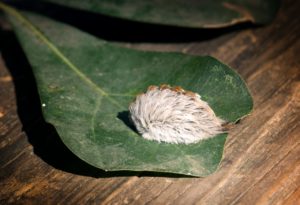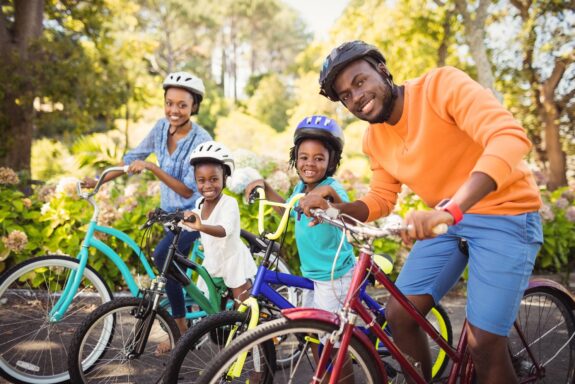
Did you know that caterpillars can sting you? There are multiple species of caterpillars that can sting you and cause a variety of different reactions if in contact with human skin. The most common species found in Texas are the buck moth caterpillar and the southern flannel moth (asp) caterpillars.
Buck Moth Caterpillar

Southern Flannel Moth (Asp) Caterpillar

The three different reactions to a caterpillar are sting reactions, hypersensitivity reactions, and lonomism (bleeding diathesis).
1. Sting reactions are painful and resolve relatively quickly. These reactions are due to contact with venom in the caterpillar spines. These reactions can cause a burning sensation and raised red bumps and welts to the affected area. The discomfort usually lasts minutes to hours. These are usually caused by silk moths, slug moths, and flannel moths.
2. Hypersensitivity reactions occur due to contact with the caterpillar’s setae (tiny hairs covering the caterpillar). These reactions present as itchy hives and/or red bumps and the symptoms usually last for a few days. Less commonly, the itching can last for weeks or months.
3. The most serious type of reaction to caterpillars is lonomism. Lonomism is caused by two different species of caterpillars found mostly in Venezuela and Guinea. Contact with these caterpillars causes severe pain to the area of the skin affected. Following the local discomfort is usually nausea, vomiting, dizziness, and headaches. Bleeding symptoms occur including nose bleeds, bruising, bleeding gums, and blood in urine. Studies show that lonomism was fatal in 4 percent of patients. While this reaction is severe, it is the least common reaction.
What should you do if a caterpillar sting occurs?
First and foremost, it is important to remove any remaining setae/spines. This can be done by applying duct tape to the affected area and pulling off the tape. It is sometimes not possible to remove every spine, and this is ok. The pain from a sting reaction can usually be managed with over-the-counter analgesics such as acetaminophen and topical application of ice. For hypersensitivity reactions, taking an oral antihistamine such as Zyrtec or Claritin can be helpful.
Additionally, the application of a topical steroid ointment (like Hydrocortisone) can help to ease symptoms. If the reaction is severe or widespread a short course of oral steroids may be needed as well. The most severe reaction (lonomism) is treated in the hospital with medications to help stop the bleeding. If symptoms of lonomism occur it is imperative that the patient be evaluated at the hospital immediately.
Keep your eyes peeled for these sneaky critters and have a great (and safe) summer!
Little Spurs Pediatric Urgent Care opened in 2006 in San Antonio, Texas. With multiple locations in San Antonio and Dallas, they are open seven days a week with extended evening hours and see walk-in patients or through an online check-in system. They accept most commercial insurance and Medicaid plans.



